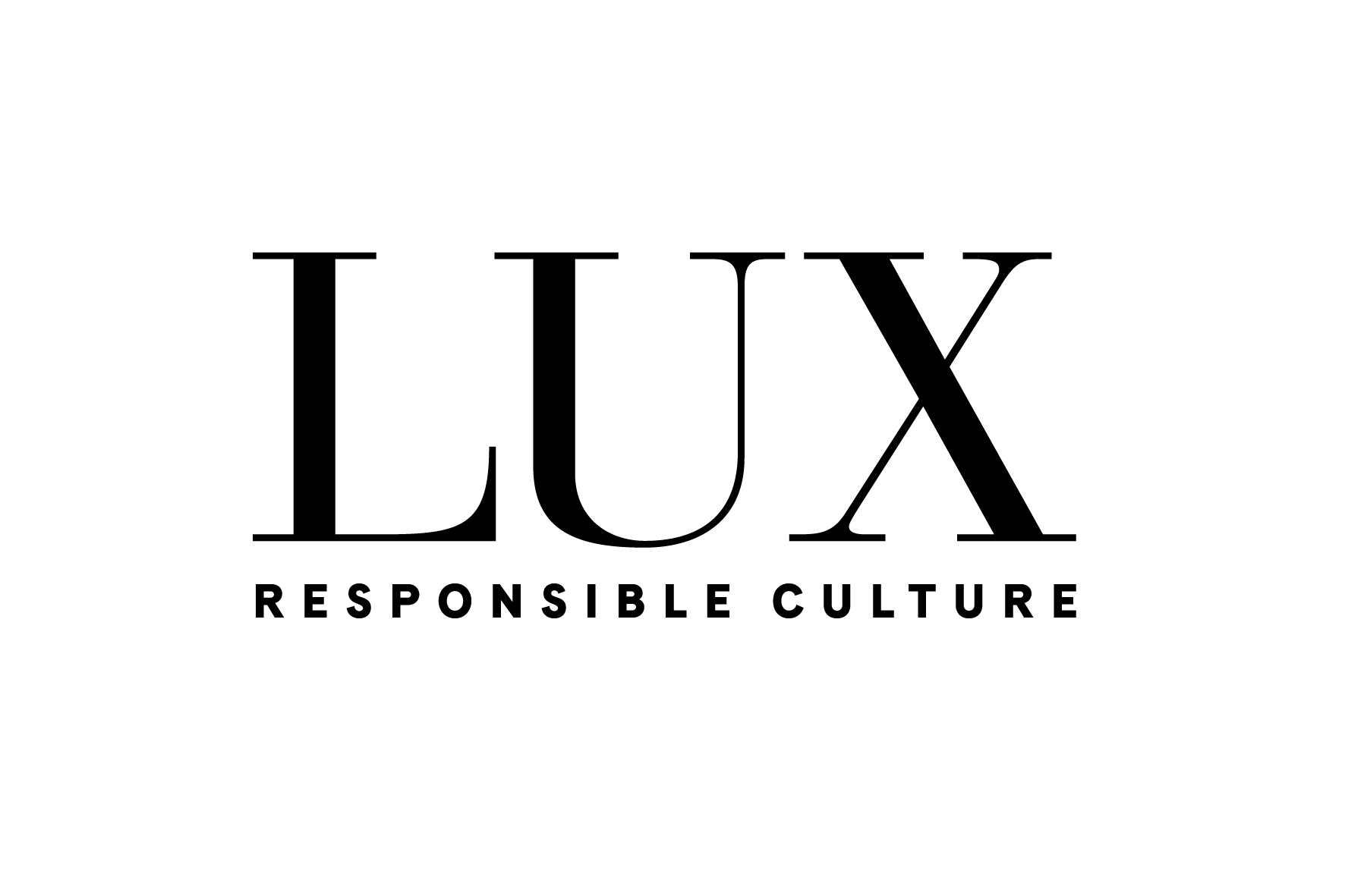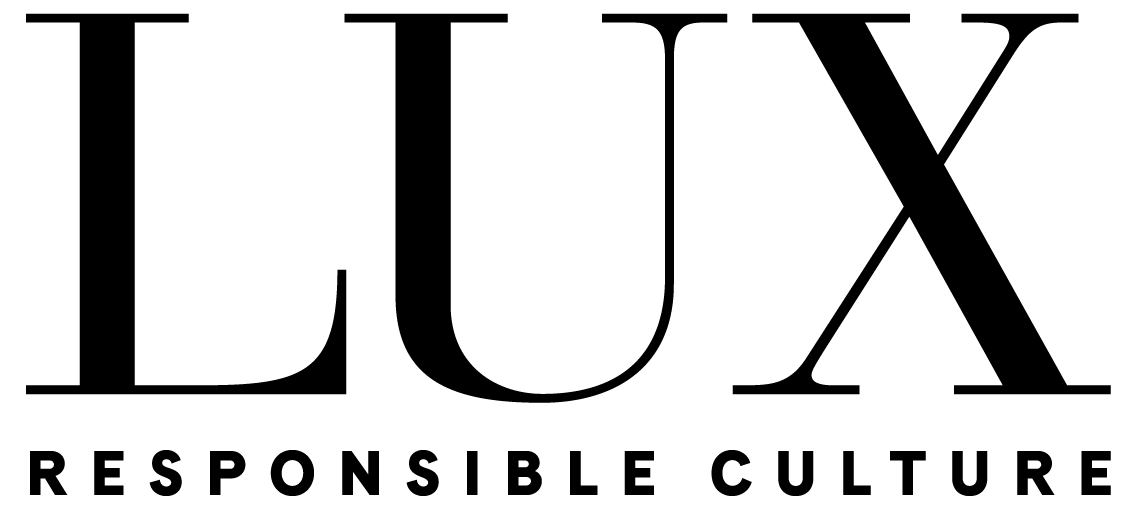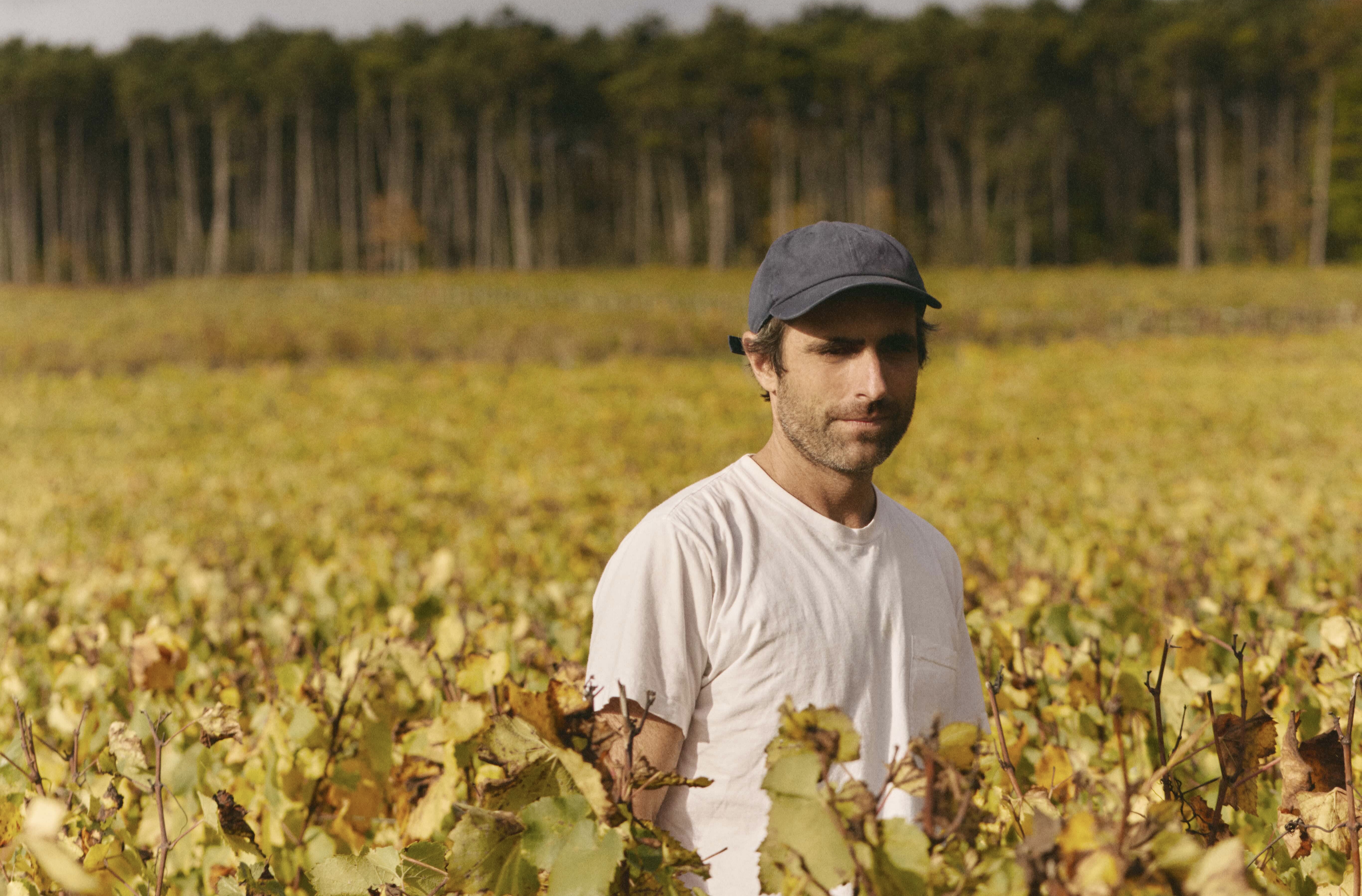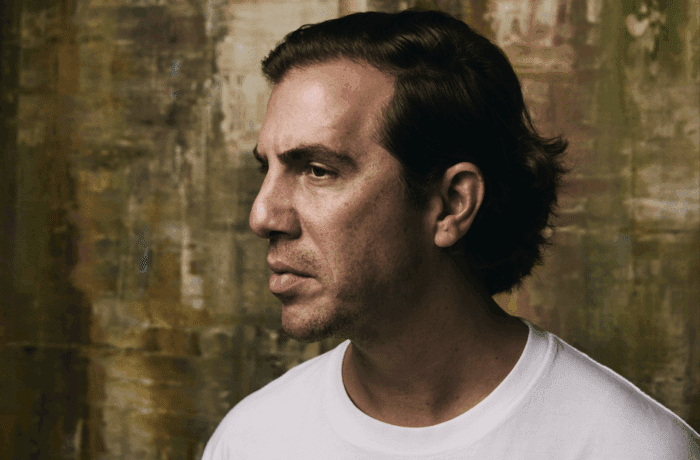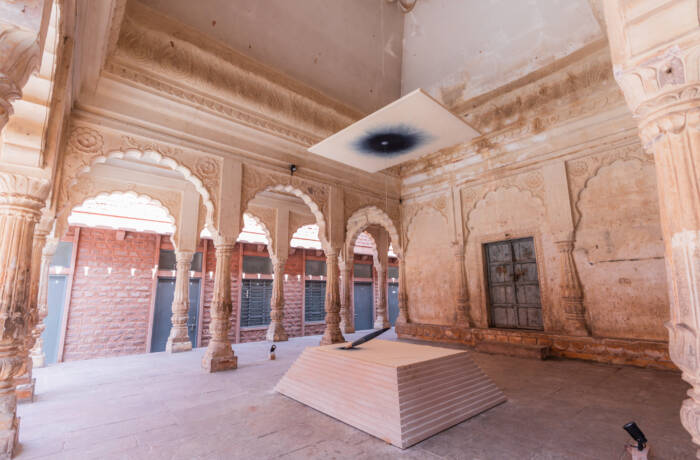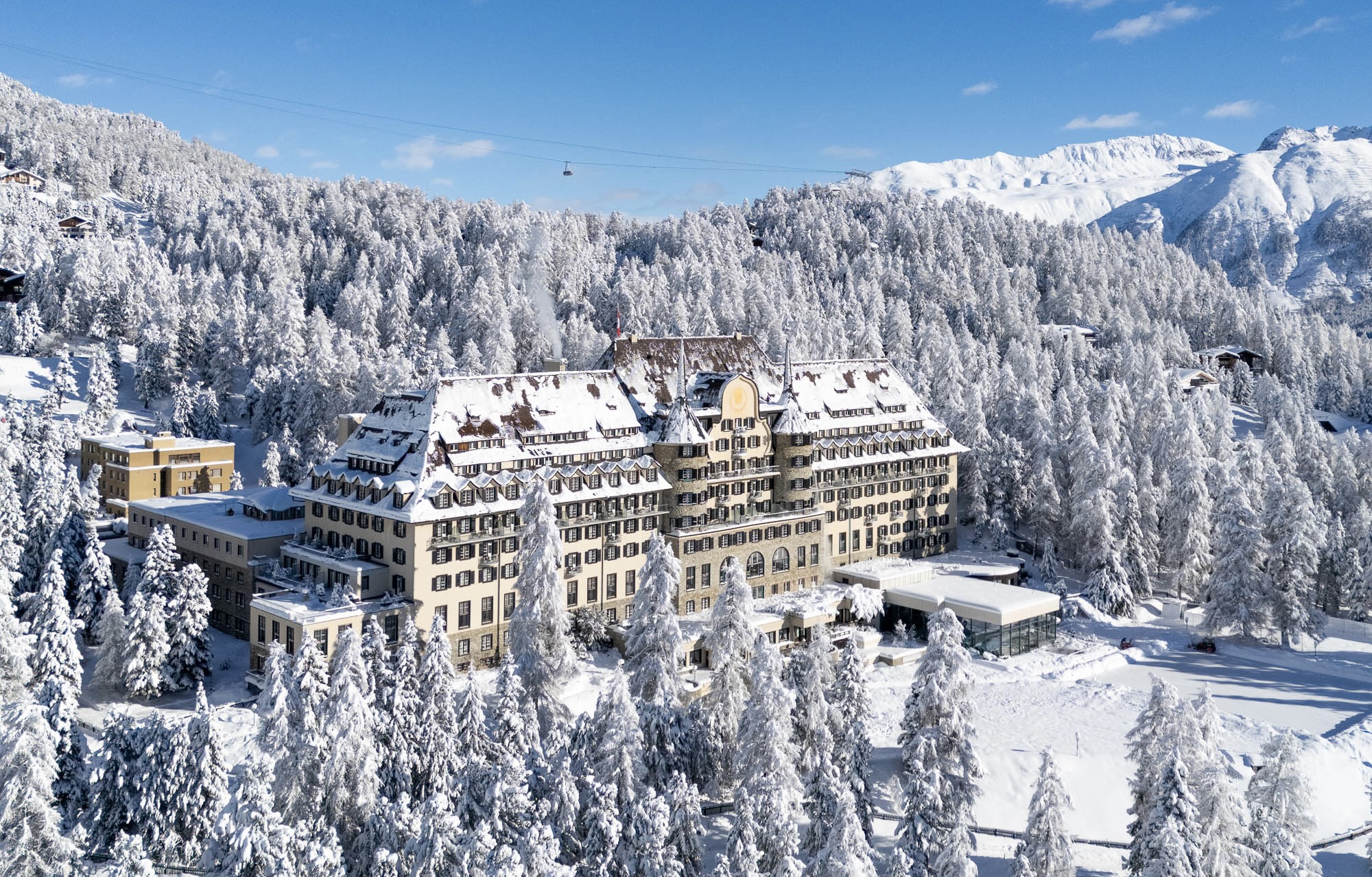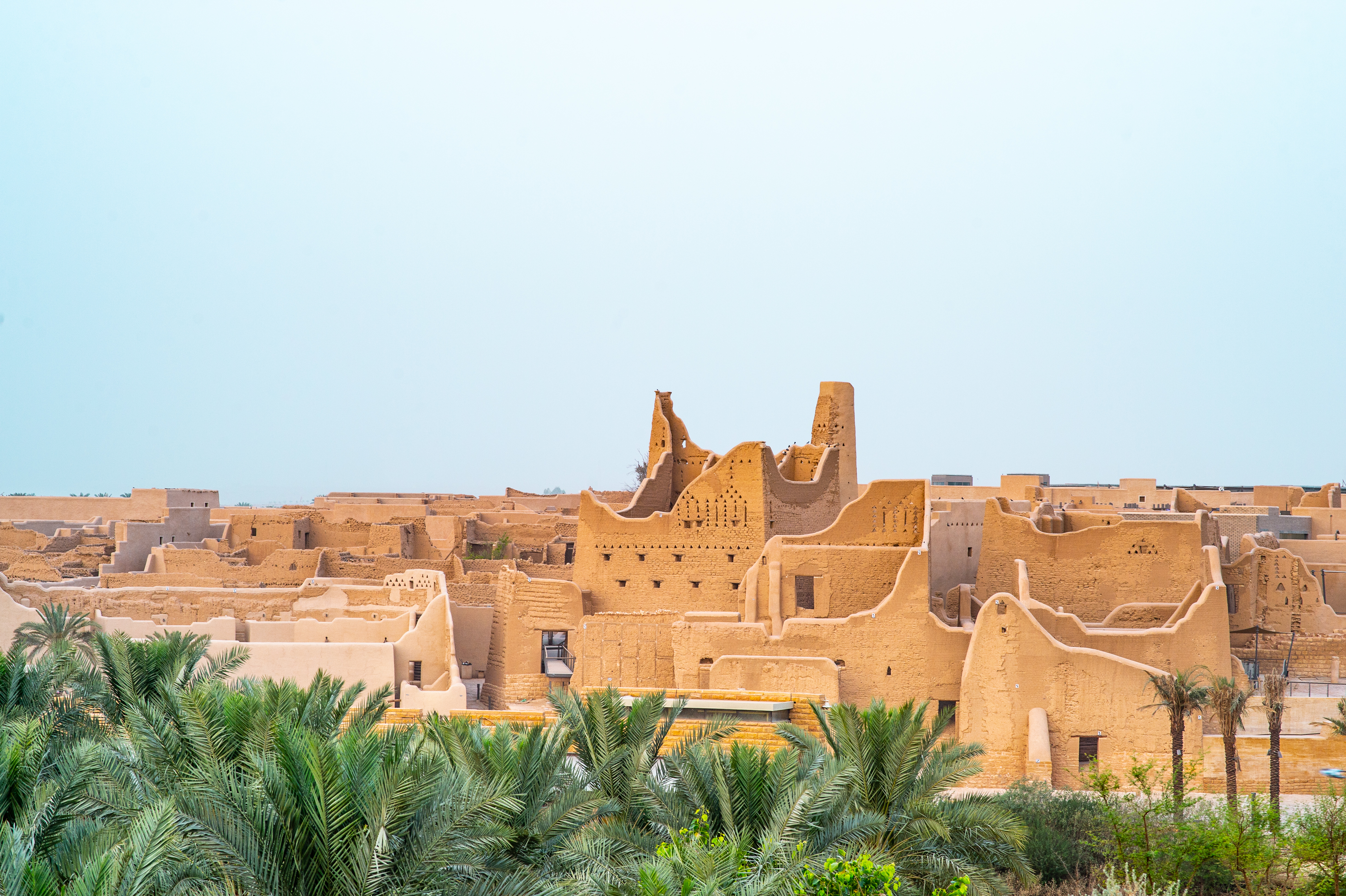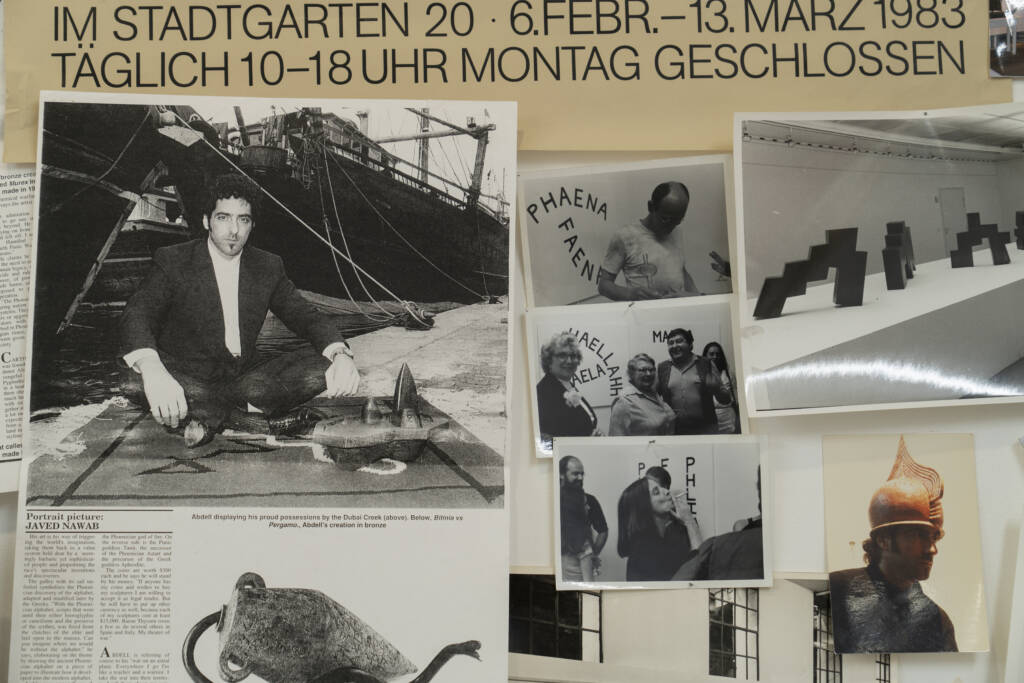
Douglas Abdell has emerged from obscurity in a striking exhibition at Ab-Anbar Gallery, London. In conversation with LUX, Abdell, a prominent artist of the 1970s and 80s, meditates on medium and language as he makes his comeback.
An intriguing new exhibition in London brings together two decades of work by Douglas Abdell, an American sculptor and painter with Lebanese and Italian roots. Abdell was a prominent artist in the 1970s and 80s before moving to Spain, where he continued to work in relative obscurity for the next thirty years. The Ab-Anbar Gallery in Fitzrovia weaves together his calligraphic signs, symbols, and alphabets through space and time. This interplay of sculpture and painting from the Málaga-based artist creates a mesmerising field of deconstruction and reconstruction of languages, cultures, and imagination. He speaks to LUX about his past, present and future.
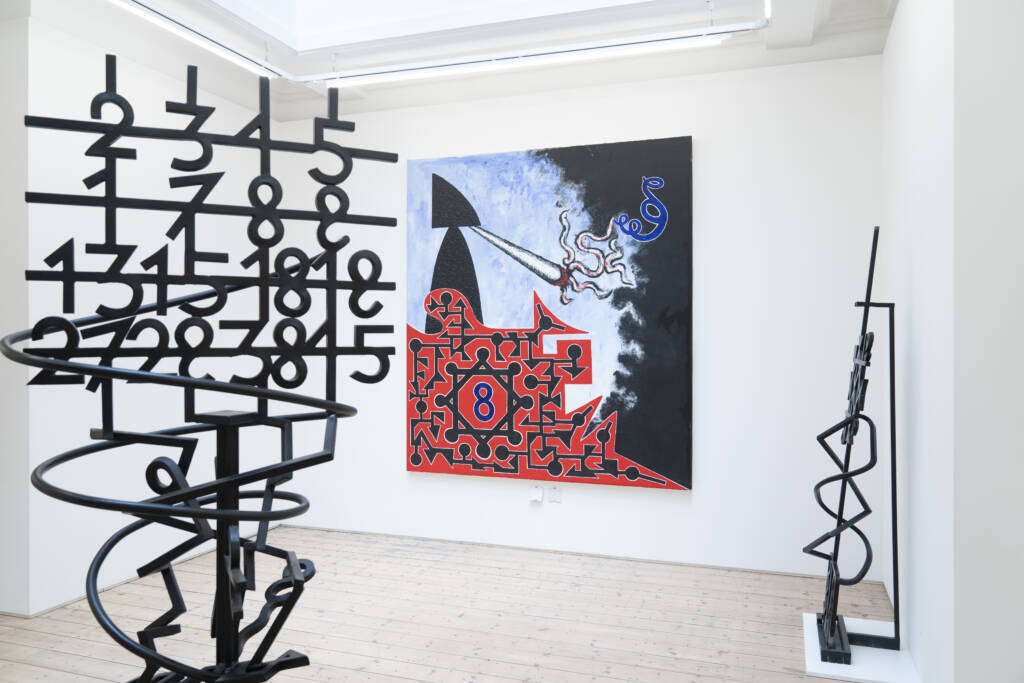
View of Douglas Abdell: Intervalism and Other Mathematics
Left to right: 8 to 9 Key Interval Of Oscillation, 1986; 5 Window, 1984; Intervalists Pitch Fork, 1985
LUX: This exhibition features your work from the 1970s until today. How has your work developed thematically, visually, and intentionally over the last few decades?
Douglas Abdell: The main floor of the exhibition shows work from 1968 until 1989. This includes work from my Yad, Kryad, Phoenaes, and Intervalist painting and sculpture. You can also see a bronze sculpture from my Fourth Punic War period, and a bronze sculpture from 1968, which can be broke down to a surrealistic biomorphic with motoristic construct.
On the basement floor there is a room with an Aekyadic Wall Work, several Aekyadic Drawing works, and a fantastic collage wall made by Salman, dealing with my life from childhood to the present. The exhibition features films from different periods of my work, and in another room, there is a documentary of my work being played continually.
LUX: How does your sculptural work relate to your painting, both in this exhibition and your broader practice?
DA: The basis of my sculpture comes from drawing, and sometimes the drawing leads to a painting. The Intervalist paintings in the exhibition came before the Intervalist Sculpture. In making the paintings I realized that some of the forms and structures that I was painting would be more dynamic as sculpture.
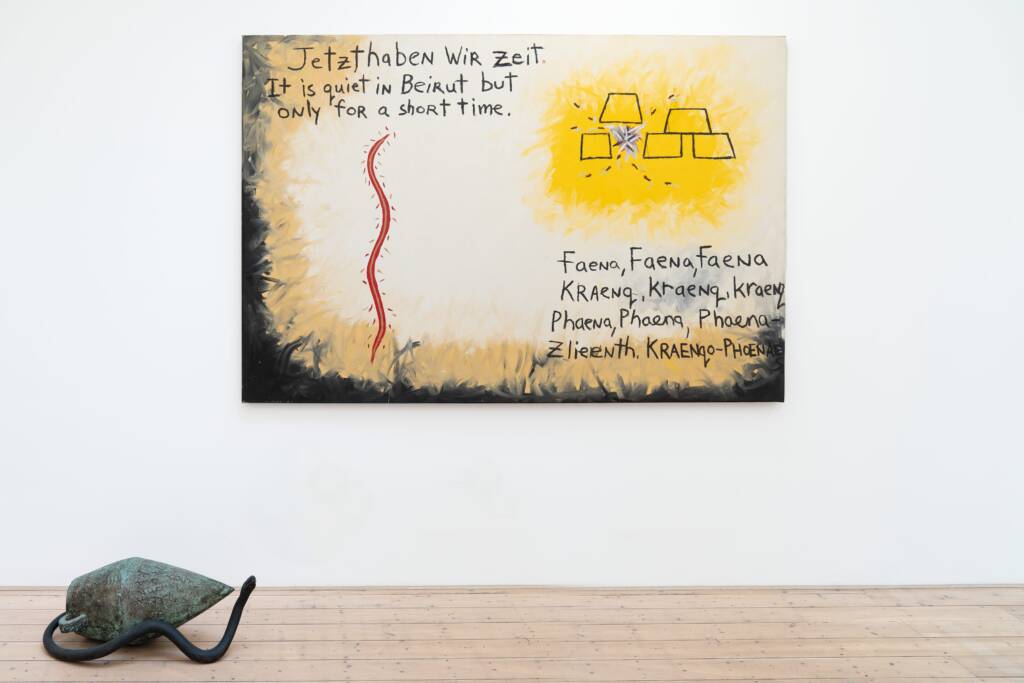
From left to right: Bitia vs. Pergamon, Hannibal, 1987; Beirut Phoenaes, 1985
LUX: Why was it important for you to exhibit within Ab-Anbar Gallery?
DA: Ab-Anbar presented me with a concept of an exhibit which showed a profound study of different periods of my work and that impressed me.
LUX: Does your work relate to your American, Lebanese, and Italian identity?
DA: Growing up in a family with ancestors from Lebanon and Italy has had a substantial influence on my person. Both families were proud of their heritage and would teach me about their histories. Italian, Arabic and English were being continually spoken in our household.
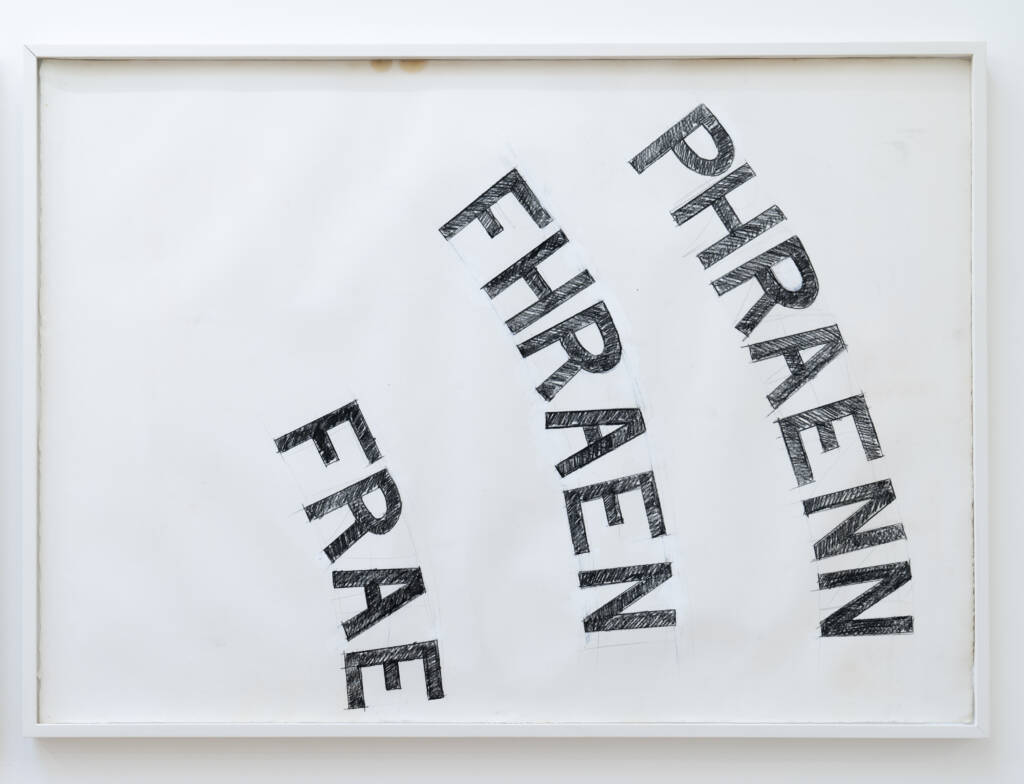
Douglas Abdell, Phoenaes Drawings PHRAENN-FHRAEN-FRAE, 1981
LUX: What is the relationship of language to the social and political issues that you explore in your work?
DA: I would say that growing up in a family with different languages spoken has automatically put me in a linguistic position which has transformed into what I best know, and what I feel compelled to do: my natural calling as a Sculptor. This is sometimes manifested in a conscious activity to analyse and reconstruct a political reality.
LUX: Why do you choose visual media to explore language? Why do you prefer it over, say, spoken word?
DA: I would say that I have a profound need to visually realise my thinking. It’s like I have a tremendous need to fill a profound void – a type of black space which haunts me. I must activate structures, phonetic activities manifested, for example, in my Phoenaes Paintings and Intervalist sculptures. I am now consumed and totally dominated with my Aekyadic work, which can be seen a bit in the basement room. Aekyadism is a Language, read it…
Cleo Scott

View of recreated Douglas Abdell studio, with collage by Salman Matinfar
